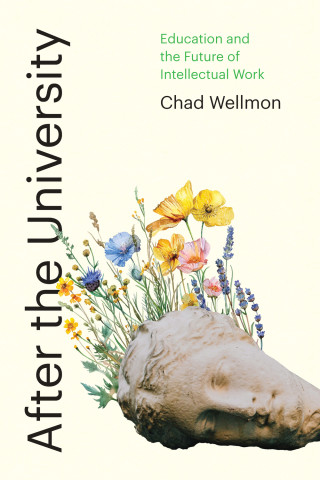
Reviews
Watterson provides a broad overview of the rise, demise, and rise again of college football over the past century... His coverage of the facts—the scandals, the commissions, committees, and conferences—is not likely to be surpassed, either in depth of detail or sharpness of analysis.
Carefully researched and thoroughly documented... This is a thoughtful, intellectually challenging historical examination of college football that places today's headlines in the context of a century of controversy.
Watterson painstakingly details the development from an overly rough, rugby-like battle to the highly organized, semiprofessional game of today.
Sweeping and definitive history... [Watterson's] overall analysis of college football and its place in American culture is superb.
Working with an impressive assortment of historical materials and documents, Watterson documents how, over the years, reformers have made the game less hazardous for players and more exciting for spectators.
Scholarly and fair.
This is an excellent book for serious scholars of both football and general sports history.
A thick, deeply argued book, full of passion, anecdote, and a well-reasoned, if protracted, argument.
This book is an important contribution to sports history, and to a better understanding of the place of organized athletics in American culture.
College Football is the best single volume for someone who wants to understand how the game evolved and how larger political, social, and economic forces affected its development.
One of the finest books on sports history I have ever read. The best such books successfully analyze a particular topic and then shed light on much broader issues, and on those grounds Watterson has succeeded. He effectively places college football in the larger context of American social, economic, cultural, and political life, and in doing so transcends the narrow confines of sports history... The scholarship is outstanding.
Book Details
Preface
Introduction
Part I: Injuries
1. The Origins of Big-Time Football, 1876 to 1894
2. The First Football Controversy, 1893 to 1897
3. Spreading Scandal: Football in the 1890s
4. Football's Longest
Preface
Introduction
Part I: Injuries
1. The Origins of Big-Time Football, 1876 to 1894
2. The First Football Controversy, 1893 to 1897
3. Spreading Scandal: Football in the 1890s
4. Football's Longest Season: The Fall of 1905
5. Football in Crisis, 1905 to 1906
6. The Game in Flux, 1906 to 1909
7. The Invention of Modern Football, 1910 to 1917
Part II: Subsidies
8. Playing and Caching for Pay in the 1920s
9. The Growth of Subsidized Football, 1920 to 1929
10. Overcoming Hard Times: Gridiron Stratgeies in the 1930s
11. Saints and Sinner, 1941 to 1950
12. Crisis and Reform, 1951 to 1952
13. De-emphasis or Demise: Gridiron Decisions of the 19502
Part 3: Half-Truths & Halting Reforms
14. The Flight from Disorder: Big-Time Football in Postwar America
15. The Professional Paradigm, 1956 to 1974






